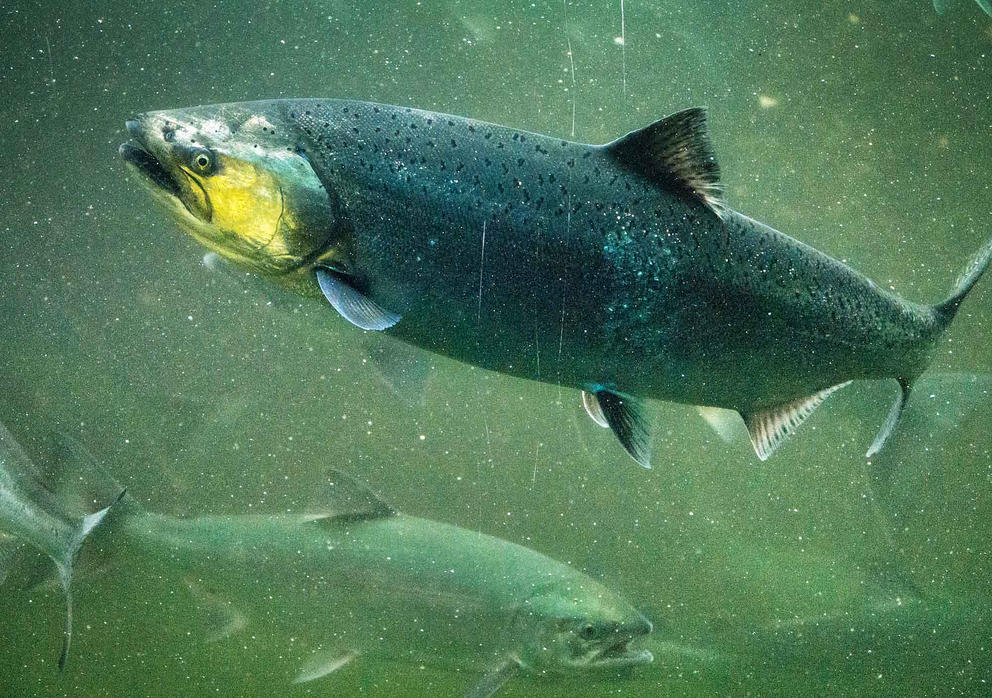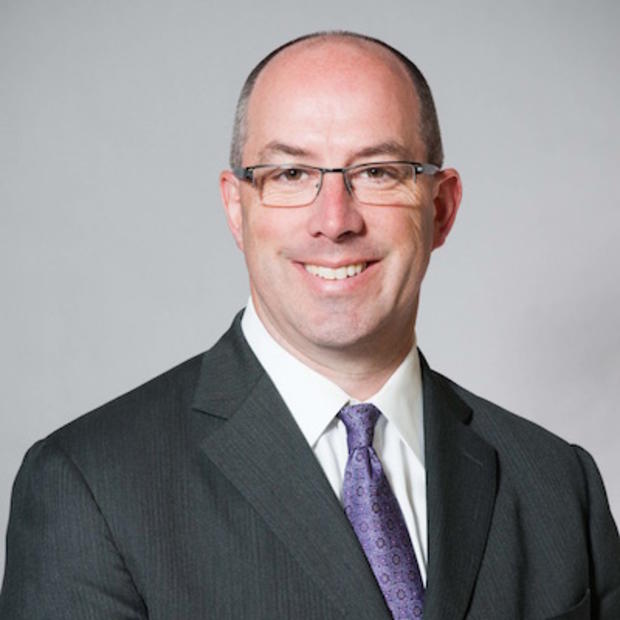“As Billy Frank said, ‘We are in charge, not them,’ so let’s get started.”
Those are the words of David Troutt, the chair of the Puget Sound Salmon Recovery Council and Natural Resources Director for the Nisqually Tribe. After traditional salmon runs were decimated, the tribe acted quickly to increase returns and exercise traditional fishing rights. Having fought to earn those rights, Frank didn’t wait for approval from bureaucratic federal agencies and bureaucratic processes.
The Nisqually Tribe has the ability, knowledge and flexibility to improve salmon runs. As Troutt put it, “We need creativity and science, as opposed to just doing what the plan says.”
I am proud to serve with Troutt as a member of the Salmon Recovery Council, an advisory group, and the spirit embodied in his comments should be a touchstone for efforts to improve Puget Sound salmon runs. Salmon recovery efforts should give people with local knowledge the flexibility to experiment and the accountability to learn from those experiments. That combination — local knowledge, flexibility and accountability — is what is needed to revive efforts that have been too slow and too bureaucratic.
First, to make a real difference, there is simply no substitute for local knowledge. Those who work on the ground, every day, understand things not obvious to experts who are watching from a distance.
For example, the Puget Sound Partnership, the state agency leading the Sound's restoration, set a goal of reducing the amount of “shoreline armor,” like bulkheads, in the Puget Sound. To that end, the Puget Sound Partnership has focused primarily on how to eliminate, rather than repair bulkheads. Indeed, recommendations to the Partnership see repairs as a bad thing, saying, “By extending the functional life of the structure, repair or replacement of shoreline armor causes impacts to ecological functions that would not otherwise occur.”
Those who see the impacts from bulkheads every day, however, view it differently.
Kathlene Barnhart is Watershed Projects Coordinator in Kitsap County, which has the second longest shoreline of county in Washington. Barnhart has walked every foot of it, observing the impact of bulkheads. While she understands the potential impact from new bulkheads, what stands out are existing bulkheads that should be modified to reduce impact. The total impact from those existing and legal bulkheads is more important than the mitigated impact from the few new bulkheads being proposed.
Rather than encouraging repair to reduce impact, the rules encourage people to keep failing bulkheads out of fear that changes will invite expensive demands that it be removed altogether. Barnhart notes, “Right now, it can be most costly and cumbersome to try and do the right thing by removing or softening a shoreline, than to just put up another wall.”
The key is to reduce environmental impact rather than focusing on a metric like removing bulkheads. Those on the ground understand the best way to do that may be to focus on working with property.
Watersheds also need flexibility to see what works and what doesn’t.
There is still much to learn about how to help salmon. The Nisqually Tribe is using fish weirs to catch fish in the river and control the genetics of those that make it upstream, emphasizing wild salmon and diverse genetics to improve their resiliency. Troutt, however, notes the fish are “really clever,” and keep finding ways around being collected. The Tribe is learning from the effort and is continuing to experiment.
On the Snake River, the U.S. Army Corps of Engineers has undertaken noteworthy tests, even drawing the river at dams down below the level of the turbines, to reduce mortality of smolt migrating downstream. What they learned increased the number of fish that survive the trip to the ocean.
Local experiments like these are critical to finding ways to improve survivability, genetics and habitat conditions, which all contribute to increased stocks. Unfortunately, interlocking regulations make it difficult to experiment and respond quickly.
It is good that the tribes have that flexibility, and other watersheds can learn from them. Given the need for knowledge, however, we need more experimentation. Giving watersheds the ability to try different approaches would help that process move forward.
Finally, accountability ensures watersheds have the incentives to choose good experiments and learn from the results, even when they aren’t what we hope.
Too often, government spreads the accountability around, bringing in several agencies and organizations for every decision. While it is good to take advantage of expertise, what occurs more often is that when something goes wrong, fingers point in every direction. At the end of the day, because responsibility is so diverse, nobody is held accountable and everyone returns to business as usual.
Improving salmon runs would be a blessing to many, including tribal members, sport fishers and those who care about a healthy environment. Sound experimentation, and the flexibility to create those experiments, can provide the knowledge we need to make progress.
I have seen the desire and commitment of many great people to make a difference for salmon. It is time to set them free.



